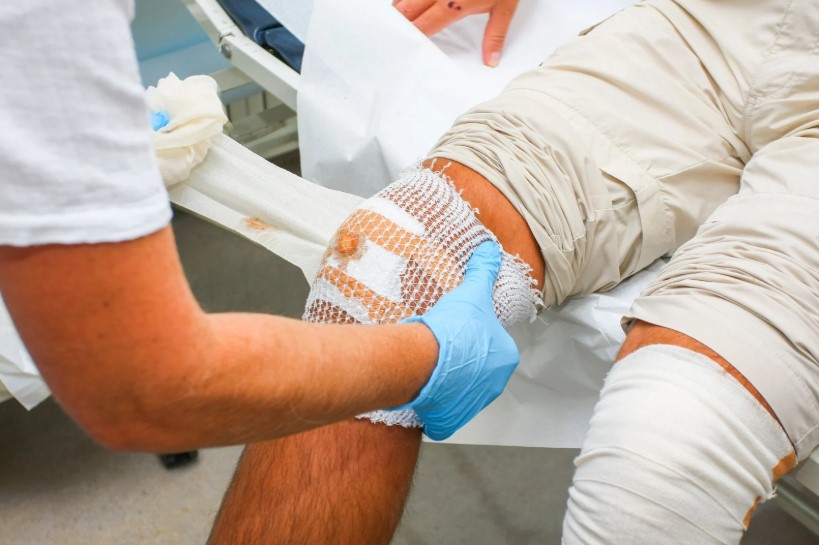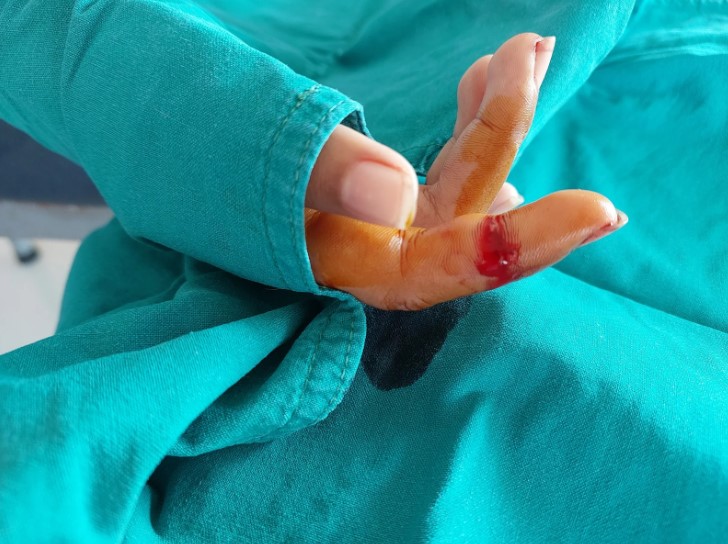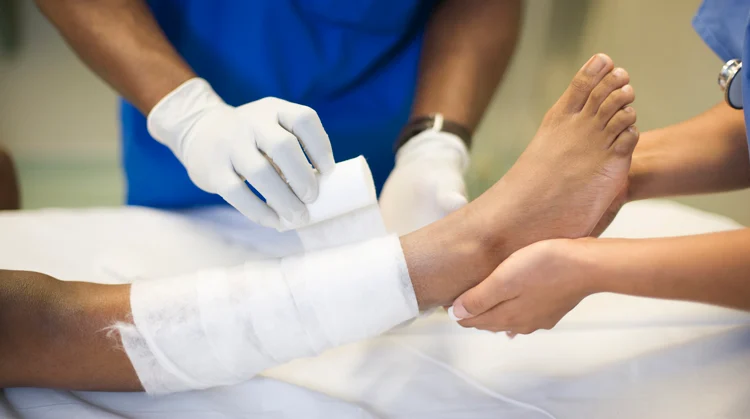Understanding Hip Resurfacing
Hip resurfacing is a surgical option that has gained popularity among patients who want to maintain an active lifestyle while addressing severe hip pain caused by arthritis or injury. Unlike total hip replacement, where the entire joint is replaced, hip resurfacing involves reshaping and capping the femoral head with a smooth metal covering. The hip socket may also be fitted with a metal cup, creating a durable and natural-feeling joint. This procedure is especially suitable for younger, athletic patients who want to preserve more of their natural bone structure. By saving bone mass, hip resurfacing leaves more options open if another surgery is needed in the future. Additionally, many patients experience increased mobility and strength compared to traditional hip replacement. Understanding the unique benefits and candidate requirements is the first step before considering hip resurfacing abroad.
Why Patients Choose Hip Resurfacing Abroad
The decision to seek hip resurfacing abroad often stems from both financial and medical reasons. In the United States and many Western countries, the cost of orthopedic procedures can be overwhelming, often exceeding $40,000 without comprehensive insurance coverage. Medical tourism destinations, however, can offer the same procedure at a fraction of the cost, sometimes reducing expenses by 50–70 percent. Patients also find that internationally accredited hospitals often have shorter wait times, which can be critical for individuals suffering from chronic pain. Many international surgeons are trained in leading global medical centers and bring world-class expertise to their practice. Patients appreciate the personalized care and attention often found in overseas facilities, where staff are accustomed to supporting international visitors. In addition to affordability, patients value the opportunity to access the latest technologies and surgical innovations offered in medical tourism destinations. These combined benefits make hip resurfacing abroad a practical and appealing option.
Popular Destinations for Hip Resurfacing Abroad
Several countries have emerged as top choices for patients considering hip resurfacing abroad. India is widely known for its highly skilled orthopedic surgeons and affordable healthcare packages, with hospitals accredited by international bodies like the Joint Commission International (JCI). Thailand attracts many medical tourists for its blend of advanced medical care and supportive patient services, often paired with comfortable recovery environments. Turkey has also risen in popularity due to its strategic location, offering modern facilities and English-speaking doctors trained in Europe and the U.S. Mexico provides a convenient option for North American patients who want to reduce travel time while still benefiting from significantly lower costs. Each destination emphasizes high-quality care, with internationally recognized hospitals that meet global safety standards. Patients should carefully compare not only the price but also the expertise of surgeons and hospital reputations before making a decision. With so many reliable choices, finding the right country can align both budget and medical needs.
Cost Factors to Consider
When exploring hip resurfacing abroad, patients must take into account the full scope of expenses. The surgery itself is usually the largest cost component, but other factors such as pre-surgery evaluations, hospital stays, and rehabilitation add to the total investment. Travel expenses, including flights, accommodations, and meals, should also be considered when creating a budget. In many cases, the overall cost is still significantly lower than undergoing the same surgery in Western countries, even after factoring in travel. However, patients should be aware of potential hidden costs, such as extended recovery stays or additional treatments if complications arise. Insurance coverage for procedures abroad can be limited, so it’s essential to verify whether international surgeries are partially reimbursable. Some hospitals also offer financing plans or bundled medical packages, which can help make the process more affordable. Proper financial planning ensures there are no surprises and that patients can focus on recovery rather than unexpected bills.
Ensuring Safety and Quality of Care
Safety is a top concern for anyone traveling for hip resurfacing abroad, and patients should prioritize hospitals and clinics that meet international accreditation standards. Organizations like JCI or ISO certify that facilities maintain strict safety protocols, modern equipment, and highly trained staff. Researching surgeon credentials is equally important, and many doctors abroad list their education, fellowships, and certifications online. Reviews and patient testimonials can provide additional reassurance, especially when considering a facility far from home. It is also wise to consult with both a local physician and the overseas surgeon before making a final decision to ensure medical compatibility. Hospitals that cater to international patients often provide dedicated coordinators who guide visitors through every step, from travel arrangements to post-surgery care. Patients should ask about infection rates, complication statistics, and rehabilitation support when evaluating a hospital. A careful focus on quality ensures that patients receive treatment that is both safe and effective.
Preparing for Hip Resurfacing Abroad
Proper preparation is critical for a smooth surgery and recovery experience. Patients should start by gathering complete medical records, imaging scans, and any relevant test results to share with their chosen surgeon. Most hospitals abroad require pre-approval of candidacy before scheduling the procedure, so early communication is key. Travel arrangements should be carefully planned, including arrival at least a few days before surgery to allow time for final consultations and rest. Packing essentials such as medical documents, comfortable clothing, and mobility aids can make the recovery process easier. Patients should also research whether language barriers may exist and confirm if translation or English-speaking services are available. Some hospitals provide dedicated international patient coordinators to assist with logistics, easing the stress of traveling for medical reasons. Preparing a follow-up care plan with a local doctor before leaving ensures continuity of care once patients return home. Thorough preparation helps minimize risks and builds confidence before undergoing hip resurfacing abroad.
The Recovery Journey After Surgery Abroad
Recovery is a vital part of any orthopedic surgery, and patients traveling abroad should plan their timelines carefully. Typically, patients remain in the hospital for several days after hip resurfacing before transitioning to a nearby recovery facility or hotel. Physical therapy usually begins soon after surgery to help restore strength, flexibility, and range of motion. Many hospitals abroad provide in-house rehabilitation centers, allowing patients to recover under medical supervision before returning home. The recommended length of stay varies but is often two to three weeks, depending on individual healing progress. Patients must be mindful of potential risks such as infection, blood clots, or joint stiffness and should follow all medical advice to reduce complications. Upon returning home, regular check-ups and ongoing physiotherapy are necessary to maintain progress. A structured recovery plan ensures that patients achieve the long-term benefits of mobility and reduced pain that hip resurfacing provides.
Comparing Hip Resurfacing Abroad vs. At Home
Deciding between hip resurfacing abroad and at home requires weighing both benefits and drawbacks. The most obvious advantage of traveling abroad is cost savings, which can be substantial when compared to U.S. or Western European prices. Patients may also benefit from faster access to surgery, avoiding long waitlists in their home countries. On the other hand, staying local offers the convenience of proximity, reducing the stress of international travel while recovering from surgery. Quality of care abroad can be excellent, especially in accredited hospitals, but verifying this requires careful research. Some patients appreciate the personalized and attentive care often found in medical tourism destinations, while others may prefer the familiarity of local healthcare providers. Travel logistics, insurance restrictions, and follow-up care access are all factors that influence the decision. Ultimately, the choice depends on balancing affordability, safety, and convenience for each individual patient.
Frequently Asked Questions (FAQ)
Is hip resurfacing safer than hip replacement?
Hip resurfacing is not necessarily safer but is often preferred for younger, active patients because it preserves more bone and allows for greater mobility. However, not everyone is a suitable candidate, and risks vary by individual.
How much does hip resurfacing abroad typically cost?
Costs range between $8,000 and $15,000 depending on the country and hospital. This is significantly less than U.S. prices, which often exceed $40,000.
Which country is best for hip resurfacing?
India, Thailand, Turkey, and Mexico are leading destinations due to their internationally accredited hospitals and skilled orthopedic surgeons.
How long will I need to stay abroad after surgery?
Most patients stay between two to three weeks to allow for hospital monitoring and initial rehabilitation before flying home.
Does insurance cover hip resurfacing outside the U.S.?
Coverage varies widely. Some insurers provide partial reimbursement for overseas procedures, but patients must confirm this before committing to surgery.
What are the risks of traveling overseas for surgery?
Risks include complications during recovery, difficulty accessing follow-up care, and potential communication barriers. Choosing an accredited hospital helps minimize these risks.











